Citibank 2013 Annual Report Download - page 221
Download and view the complete annual report
Please find page 221 of the 2013 Citibank annual report below. You can navigate through the pages in the report by either clicking on the pages listed below, or by using the keyword search tool below to find specific information within the annual report.-
 1
1 -
 2
2 -
 3
3 -
 4
4 -
 5
5 -
 6
6 -
 7
7 -
 8
8 -
 9
9 -
 10
10 -
 11
11 -
 12
12 -
 13
13 -
 14
14 -
 15
15 -
 16
16 -
 17
17 -
 18
18 -
 19
19 -
 20
20 -
 21
21 -
 22
22 -
 23
23 -
 24
24 -
 25
25 -
 26
26 -
 27
27 -
 28
28 -
 29
29 -
 30
30 -
 31
31 -
 32
32 -
 33
33 -
 34
34 -
 35
35 -
 36
36 -
 37
37 -
 38
38 -
 39
39 -
 40
40 -
 41
41 -
 42
42 -
 43
43 -
 44
44 -
 45
45 -
 46
46 -
 47
47 -
 48
48 -
 49
49 -
 50
50 -
 51
51 -
 52
52 -
 53
53 -
 54
54 -
 55
55 -
 56
56 -
 57
57 -
 58
58 -
 59
59 -
 60
60 -
 61
61 -
 62
62 -
 63
63 -
 64
64 -
 65
65 -
 66
66 -
 67
67 -
 68
68 -
 69
69 -
 70
70 -
 71
71 -
 72
72 -
 73
73 -
 74
74 -
 75
75 -
 76
76 -
 77
77 -
 78
78 -
 79
79 -
 80
80 -
 81
81 -
 82
82 -
 83
83 -
 84
84 -
 85
85 -
 86
86 -
 87
87 -
 88
88 -
 89
89 -
 90
90 -
 91
91 -
 92
92 -
 93
93 -
 94
94 -
 95
95 -
 96
96 -
 97
97 -
 98
98 -
 99
99 -
 100
100 -
 101
101 -
 102
102 -
 103
103 -
 104
104 -
 105
105 -
 106
106 -
 107
107 -
 108
108 -
 109
109 -
 110
110 -
 111
111 -
 112
112 -
 113
113 -
 114
114 -
 115
115 -
 116
116 -
 117
117 -
 118
118 -
 119
119 -
 120
120 -
 121
121 -
 122
122 -
 123
123 -
 124
124 -
 125
125 -
 126
126 -
 127
127 -
 128
128 -
 129
129 -
 130
130 -
 131
131 -
 132
132 -
 133
133 -
 134
134 -
 135
135 -
 136
136 -
 137
137 -
 138
138 -
 139
139 -
 140
140 -
 141
141 -
 142
142 -
 143
143 -
 144
144 -
 145
145 -
 146
146 -
 147
147 -
 148
148 -
 149
149 -
 150
150 -
 151
151 -
 152
152 -
 153
153 -
 154
154 -
 155
155 -
 156
156 -
 157
157 -
 158
158 -
 159
159 -
 160
160 -
 161
161 -
 162
162 -
 163
163 -
 164
164 -
 165
165 -
 166
166 -
 167
167 -
 168
168 -
 169
169 -
 170
170 -
 171
171 -
 172
172 -
 173
173 -
 174
174 -
 175
175 -
 176
176 -
 177
177 -
 178
178 -
 179
179 -
 180
180 -
 181
181 -
 182
182 -
 183
183 -
 184
184 -
 185
185 -
 186
186 -
 187
187 -
 188
188 -
 189
189 -
 190
190 -
 191
191 -
 192
192 -
 193
193 -
 194
194 -
 195
195 -
 196
196 -
 197
197 -
 198
198 -
 199
199 -
 200
200 -
 201
201 -
 202
202 -
 203
203 -
 204
204 -
 205
205 -
 206
206 -
 207
207 -
 208
208 -
 209
209 -
 210
210 -
 211
211 -
 212
212 -
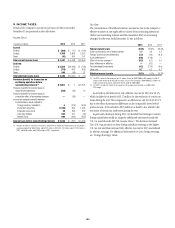 213
213 -
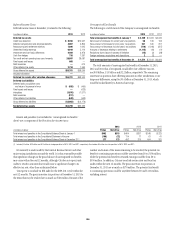 214
214 -
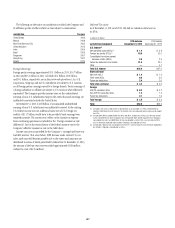 215
215 -
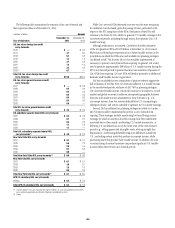 216
216 -
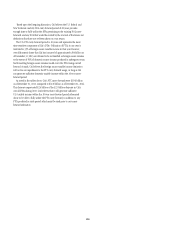 217
217 -
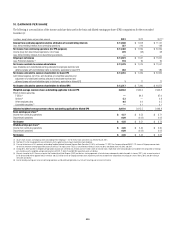 218
218 -
 219
219 -
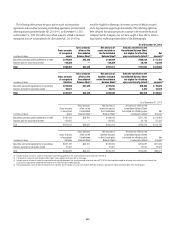 220
220 -
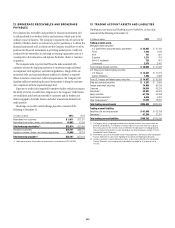 221
221 -
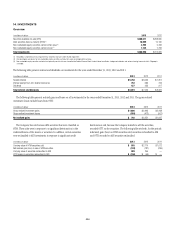 222
222 -
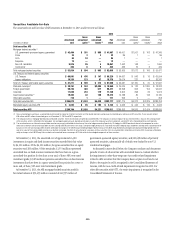 223
223 -
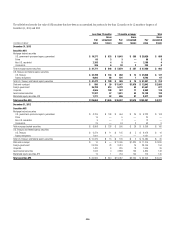 224
224 -
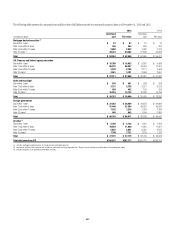 225
225 -
 226
226 -
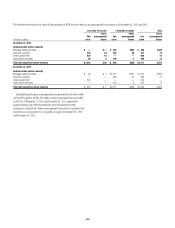 227
227 -
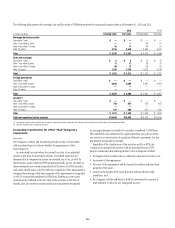 228
228 -
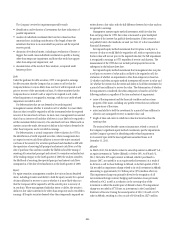 229
229 -
 230
230 -
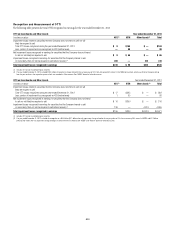 231
231 -
 232
232 -
 233
233 -
 234
234 -
 235
235 -
 236
236 -
 237
237 -
 238
238 -
 239
239 -
 240
240 -
 241
241 -
 242
242 -
 243
243 -
 244
244 -
 245
245 -
 246
246 -
 247
247 -
 248
248 -
 249
249 -
 250
250 -
 251
251 -
 252
252 -
 253
253 -
 254
254 -
 255
255 -
 256
256 -
 257
257 -
 258
258 -
 259
259 -
 260
260 -
 261
261 -
 262
262 -
 263
263 -
 264
264 -
 265
265 -
 266
266 -
 267
267 -
 268
268 -
 269
269 -
 270
270 -
 271
271 -
 272
272 -
 273
273 -
 274
274 -
 275
275 -
 276
276 -
 277
277 -
 278
278 -
 279
279 -
 280
280 -
 281
281 -
 282
282 -
 283
283 -
 284
284 -
 285
285 -
 286
286 -
 287
287 -
 288
288 -
 289
289 -
 290
290 -
 291
291 -
 292
292 -
 293
293 -
 294
294 -
 295
295 -
 296
296 -
 297
297 -
 298
298 -
 299
299 -
 300
300 -
 301
301 -
 302
302 -
 303
303 -
 304
304 -
 305
305 -
 306
306 -
 307
307 -
 308
308 -
 309
309 -
 310
310 -
 311
311 -
 312
312 -
 313
313 -
 314
314 -
 315
315 -
 316
316 -
 317
317 -
 318
318 -
 319
319 -
 320
320 -
 321
321 -
 322
322 -
 323
323 -
 324
324 -
 325
325 -
 326
326 -
 327
327 -
 328
328 -
 329
329 -
 330
330 -
 331
331 -
 332
332 -
 333
333 -
 334
334 -
 335
335 -
 336
336 -
 337
337 -
 338
338 -
 339
339 -
 340
340 -
 341
341 -
 342
342
 |
 |

203
12. BROKERAGE RECEIVABLES AND BROKERAGE
PAYABLES
The Company has receivables and payables for financial instruments sold
to and purchased from brokers, dealers and customers, which arise in the
ordinary course of business. The Company is exposed to risk of loss from the
inability of brokers, dealers or customers to pay for purchases or to deliver the
financial instruments sold, in which case the Company would have to sell or
purchase the financial instruments at prevailing market prices. Credit risk
is reduced to the extent that an exchange or clearing organization acts as a
counterparty to the transaction and replaces the broker, dealer or customer
in question.
The Company seeks to protect itself from the risks associated with
customer activities by requiring customers to maintain margin collateral
in compliance with regulatory and internal guidelines. Margin levels are
monitored daily, and customers deposit additional collateral as required.
Where customers cannot meet collateral requirements, the Company will
liquidate sufficient underlying financial instruments to bring the customer
into compliance with the required margin level.
Exposure to credit risk is impacted by market volatility, which may impair
the ability of clients to satisfy their obligations to the Company. Credit limits
are established and closely monitored for customers and for brokers and
dealers engaged in forwards, futures and other transactions deemed to be
credit sensitive.
Brokerage receivables and Brokerage payables consisted of the
following at December 31:
In millions of dollars 2013 2012
Receivables from customers $ 5,811 $12,191
Receivables from brokers, dealers, and clearing organizations 19,863 10,299
Total brokerage receivables (1) $25,674 $22,490
Payables to customers $34,751 $38,279
Payables to brokers, dealers, and clearing organizations 18,956 18,734
Total brokerage payables (1) $53,707 $57,013
(1) Brokerage receivables and payables are accounted for in accordance with ASC 940-320.
13. TRADING ACCOUNT ASSETS AND LIABILITIES
Trading account assets and Trading account liabilities, at fair value,
consisted of the following at December 31:
In millions of dollars 2013 2012
Trading account assets
Mortgage-backed securities (1)
U.S. government-sponsored agency guaranteed $ 23,955 $ 31,160
Prime 1,422 1,248
Alt-A 721 801
Subprime 1,211 812
Non-U.S. residential 723 607
Commercial 2,574 2,441
Total mortgage-backed securities $ 30,606 $ 37,069
U.S. Treasury and federal agency securities
U.S. Treasury $ 13,537 $ 17,472
Agency obligations 1,300 2,884
Total U.S. Treasury and federal agency securities $ 14,837 $ 20,356
State and municipal securities $ 3,207 $ 3,806
Foreign government securities 74,856 89,239
Corporate 30,534 35,224
Derivatives (2) 52,821 54,620
Equity securities 61,776 56,998
Asset-backed securities (1) 5,616 5,352
Other trading assets (3) 11,675 18,265
Total trading account assets $285,928 $320,929
Trading account liabilities
Securities sold, not yet purchased $ 61,508 $ 63,798
Derivatives (2) 47,254 51,751
Total trading account liabilities $108,762 $115,549
(1) The Company invests in mortgage-backed and asset-backed securities. These securitizations are
generally considered VIEs. The Company’s maximum exposure to loss from these VIEs is equal to
the carrying amount of the securities, which is reflected in the table above. For mortgage-backed
and asset-backed securitizations in which the Company has other involvement, see Note 22 to the
Consolidated Financial Statements.
(2) Presented net, pursuant to enforceable master netting agreements. See Note 23 to the Consolidated
Financial Statements for a discussion regarding the accounting and reporting for derivatives.
(3) Includes investments in unallocated precious metals, as discussed in Note 26 to the Consolidated
Financial Statements. Also includes physical commodities accounted for at the lower of cost or
fair value.
